Does anyone know if the kitty litter in northern Ohio is good to use as a substrate? I think I remember hearing somewhere it affects hardness...
Regional Kitty Litter
Started by
Guest_Gavinswildlife_*
, Jan 20 2014 02:03 PM
8 replies to this topic
#1
 Guest_Gavinswildlife_*
Guest_Gavinswildlife_*
Posted 20 January 2014 - 02:03 PM
#2
 Guest_Erica Lyons_*
Guest_Erica Lyons_*
Posted 20 January 2014 - 02:13 PM
I used the Special Kitty brand pure clay kitty litter in my aquarium. Here, I will attach some pictures. This is gonna take up a bit of space, sorry everybody as I fill the page.
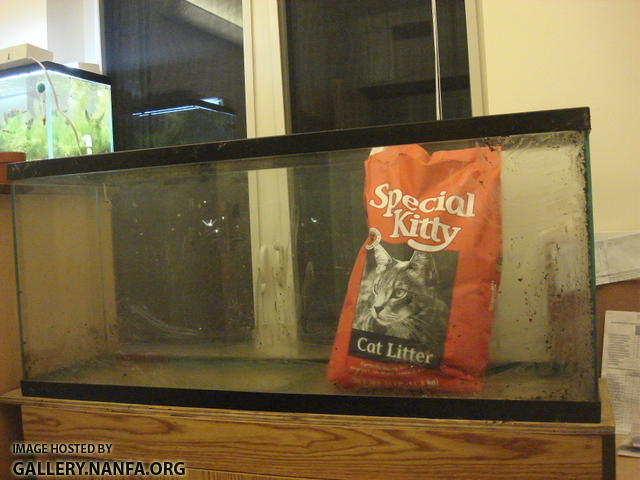
I used two of these bags because I was going for a sloped ground look.
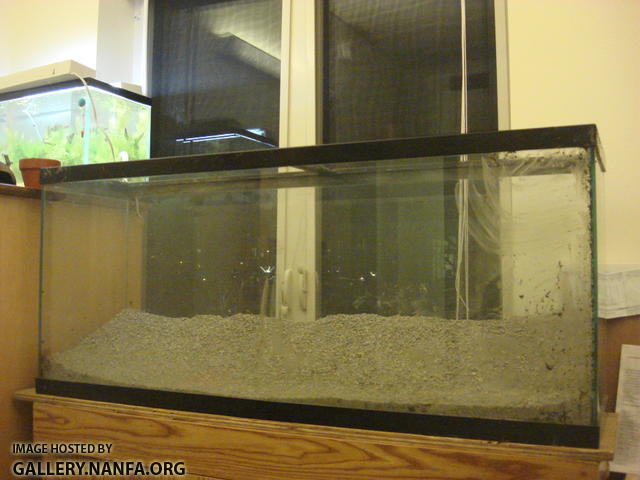
I poured the water onto the lid of a tupperware bin I happened to already had to avoid pouring water directly on the clay. If you've got a sink faucet connection, you can fill and drain the tank a few times and that works to instantly clear the water. Or if you rinse the kitty litter, it might help. I'm just reporting what I did this time I was taking photos, which was to pour onto the white lid.
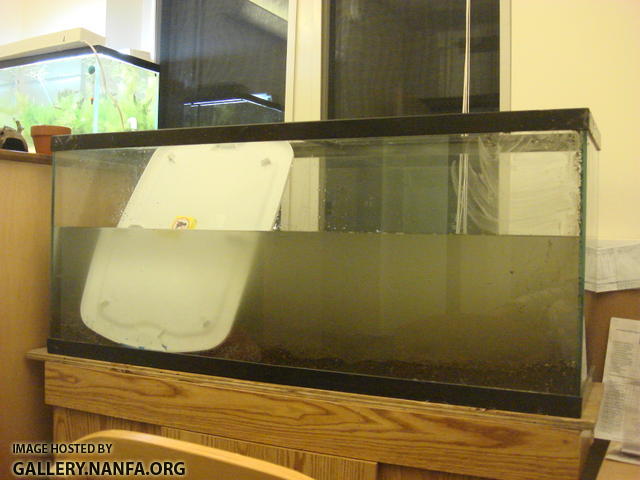

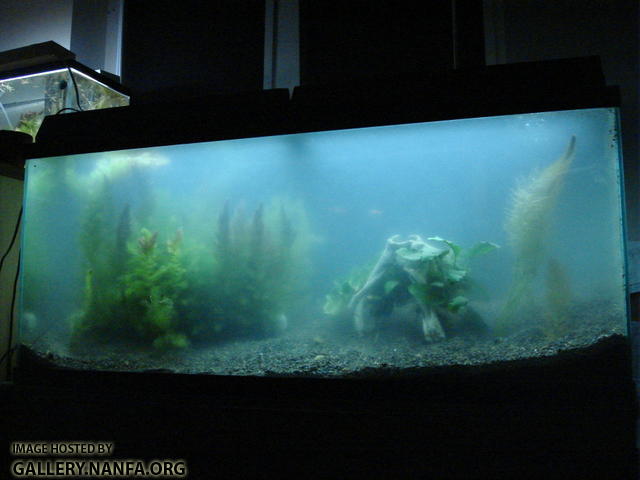
I should point out that I use this sponge, a Walmart Paradiso synthetic sea sponge.
http://www.youtube.com/watch?v=cdxeJ1QNomA
This is the tank one day later:
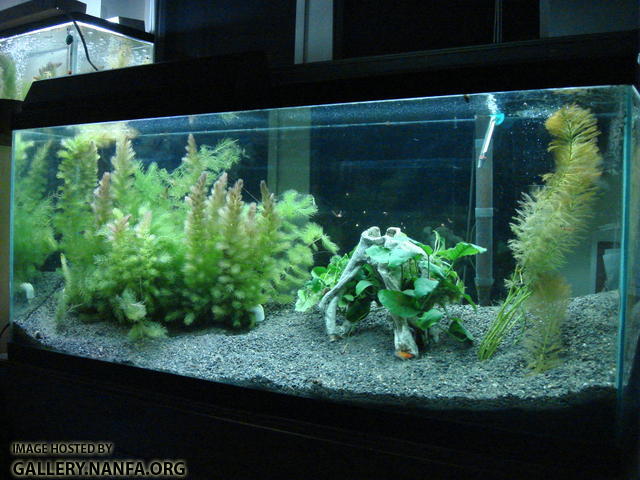
I wrang the sponge out every few hours. It was clear the next day.
The tap water tested 6 DH of general hardness using a Tetra Lab Test Laborette. The tank water with the pure clay kitty litter tested 16 to 20 ish DH. I'd say like 17 DH ish.

It should be noted that I did the above in Cleveland, Ohio. When I moved to Winston-Salem, North Carolina, I used a brand new sink faucet connection I bought and filled and drained the tank five times or so. This is a picture of it the same day I added the kitty litter. I've tested the water with the local kitty litter with Jungle 6 in one test strips, and both came out 0 DH on the test strip. The test strips were brand new, so I believe them to be correct. Now I actually add a handful of crushed coral or a shell or two because it turns out 0 DH water can let a pH swing happen. It killed all my snails.
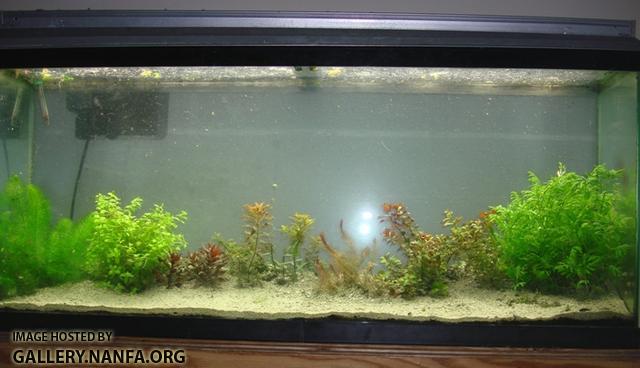
Kitty litter closeup in Cleveland:

Closeup in Winston-Salem:
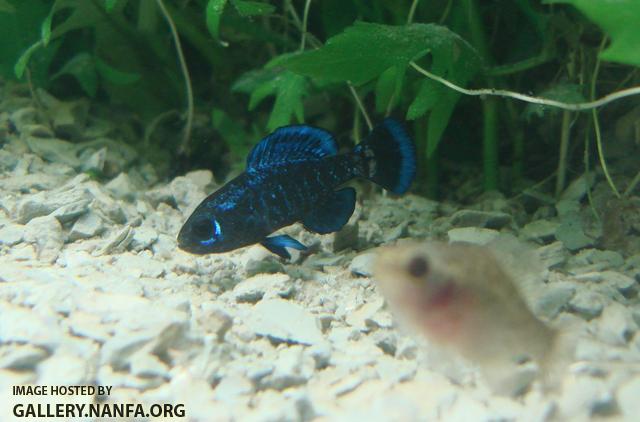

I used two of these bags because I was going for a sloped ground look.

I poured the water onto the lid of a tupperware bin I happened to already had to avoid pouring water directly on the clay. If you've got a sink faucet connection, you can fill and drain the tank a few times and that works to instantly clear the water. Or if you rinse the kitty litter, it might help. I'm just reporting what I did this time I was taking photos, which was to pour onto the white lid.



I should point out that I use this sponge, a Walmart Paradiso synthetic sea sponge.
http://www.youtube.com/watch?v=cdxeJ1QNomA
This is the tank one day later:

I wrang the sponge out every few hours. It was clear the next day.
The tap water tested 6 DH of general hardness using a Tetra Lab Test Laborette. The tank water with the pure clay kitty litter tested 16 to 20 ish DH. I'd say like 17 DH ish.

It should be noted that I did the above in Cleveland, Ohio. When I moved to Winston-Salem, North Carolina, I used a brand new sink faucet connection I bought and filled and drained the tank five times or so. This is a picture of it the same day I added the kitty litter. I've tested the water with the local kitty litter with Jungle 6 in one test strips, and both came out 0 DH on the test strip. The test strips were brand new, so I believe them to be correct. Now I actually add a handful of crushed coral or a shell or two because it turns out 0 DH water can let a pH swing happen. It killed all my snails.

Kitty litter closeup in Cleveland:
Closeup in Winston-Salem:

#3
 Guest_Gavinswildlife_*
Guest_Gavinswildlife_*
Posted 20 January 2014 - 02:17 PM
Thanks for the information  .
.
#4
 Guest_Erica Lyons_*
Guest_Erica Lyons_*
Posted 20 January 2014 - 02:20 PM
All in all I would say that the kitty litter is good to use as a substrate. My elassoma gilberti bred well. The plants grew great roots. And I even kept neon tetras (given that I acclimated them to the hard water for five hours. The time I just dumped them in, they all died. Probably shock.)
Roots in Cleveland kitty litter:
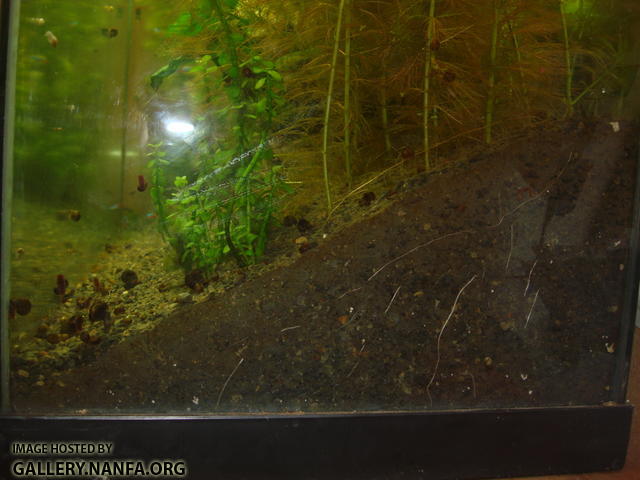
Roots in Winston-Salem kitty litter:

You can see the neon tetras in this video:
http://www.youtube.com/watch?v=k3ikKTwTEKs
I would suggest testing the hardness of your local kitty litter in a cup before deciding to use it as your substrate. You can test the hardness of your tap water alone, and the hardness of your tap water with kitty litter. Test it again after letting it sit for a day. That will give you a good idea for how the hardness of your tank water is going to change relative to your tap water.
All in all, kitty litter is my favorite substrate. I like it better than anything else. You can't beat $4 for 25 pounds for substrate that plants will grow well in, and will grow fine fluffy roots. Here's a picture from my friend Bojan's tank of the roots his plant grew in kitty litter.

He said,
"Would you say these are healthy roots or what? Pulled it to split the crowns and to my surprise it has an insane root syste. For such a small plant"
"This is in less than 1 inch of clay all my plants in this tank have massive roots ..."
Roots in Cleveland kitty litter:
Roots in Winston-Salem kitty litter:
You can see the neon tetras in this video:
http://www.youtube.com/watch?v=k3ikKTwTEKs
I would suggest testing the hardness of your local kitty litter in a cup before deciding to use it as your substrate. You can test the hardness of your tap water alone, and the hardness of your tap water with kitty litter. Test it again after letting it sit for a day. That will give you a good idea for how the hardness of your tank water is going to change relative to your tap water.
All in all, kitty litter is my favorite substrate. I like it better than anything else. You can't beat $4 for 25 pounds for substrate that plants will grow well in, and will grow fine fluffy roots. Here's a picture from my friend Bojan's tank of the roots his plant grew in kitty litter.

He said,
"Would you say these are healthy roots or what? Pulled it to split the crowns and to my surprise it has an insane root syste. For such a small plant"
"This is in less than 1 inch of clay all my plants in this tank have massive roots ..."
#5
 Guest_Erica Lyons_*
Guest_Erica Lyons_*
Posted 20 January 2014 - 02:35 PM
Oh, there's one thing I should say. The only time I had persistently cloudy water with kitty litter substrate was when I had burrowing. Burrowing and clay do not mix. There were a thousand or so leeches in the tank, who moved around underground. This made the water very dusty. I killed them all and the water is now clear. But yeah, if you've got burrowing invertebrates or fish you might want to think about counteracting the dust somehow. You could put each plant base in its own terra cotta pot of clay, which can then be capped in your normal pea gravel. Then the plants will have somewhere to get root nutrients, and the fish can burrow in the majority of the tank's substrate without stirring up a lot of dust. I've also heard capping the kitty litter in an inch or two of gravel stops burrowing from causing dust. Dust is definitely a concern with burrowing species of invertebrates and fish.
#6
 Guest_Heather_*
Guest_Heather_*
Posted 21 January 2014 - 08:03 PM
Erica, curious to know how you siphon/vac it? I'm guessing a Python wouldn't work?
#7
 Guest_Erica Lyons_*
Guest_Erica Lyons_*
Posted 21 January 2014 - 09:47 PM
It works like normal gravel. You can siphon kitty litter. When I moved to North Carolina I splurged and bought a Python No Spill Clean N Fill (sink faucet connection). I use it on the kitty litter substrate, and before that I used a gravity powered siphon. It's the same as you would use a siphon on gravel. If you look at the closeup of the kitty litter for both Cleveland and Winston-Salem, both are pea-gravel sized pellets. As with all planted tanks the goal is to remove the poop sitting on top, not to dig around and rip apart the plants' root systems. You'll pull out some dust each time, but I've never had any problem pouring the waste water down my kitchen sink.Erica, curious to know how you siphon/vac it? I'm guessing a Python wouldn't work?
#8
 Guest_Erica Lyons_*
Guest_Erica Lyons_*
Posted 30 January 2014 - 12:57 PM
Share pictures of your region's kitty litter.
Bojan Mahic, North Carolina. This is day 3 or 4 of setup.

Erica Lyons: wow, it's so white and pretty, it looks almost like white sand. Very nice. How long did it take for the water to clear?
Bojan Mahic: Less than 8 hours
Bojan Mahic: I stuffed my canister full with pillow stuffing and rinsed it once and it was done
Bojan Mahic, North Carolina. This is day 3 or 4 of setup.

Erica Lyons: wow, it's so white and pretty, it looks almost like white sand. Very nice. How long did it take for the water to clear?
Bojan Mahic: Less than 8 hours
Bojan Mahic: I stuffed my canister full with pillow stuffing and rinsed it once and it was done
#9
 Guest_Erica Lyons_*
Guest_Erica Lyons_*
Posted 30 January 2014 - 03:14 PM
More pictures from Bojan.
"Both were set up same day . Special kitty natural clay. Only difference is one is rinsed the other is not"
Rinsed:

Not rinsed:

I'm curious to see what the clay in other regions looks like.
"Both were set up same day . Special kitty natural clay. Only difference is one is rinsed the other is not"
Rinsed:

Not rinsed:

I'm curious to see what the clay in other regions looks like.
1 user(s) are reading this topic
0 members, 1 guests, 0 anonymous users







